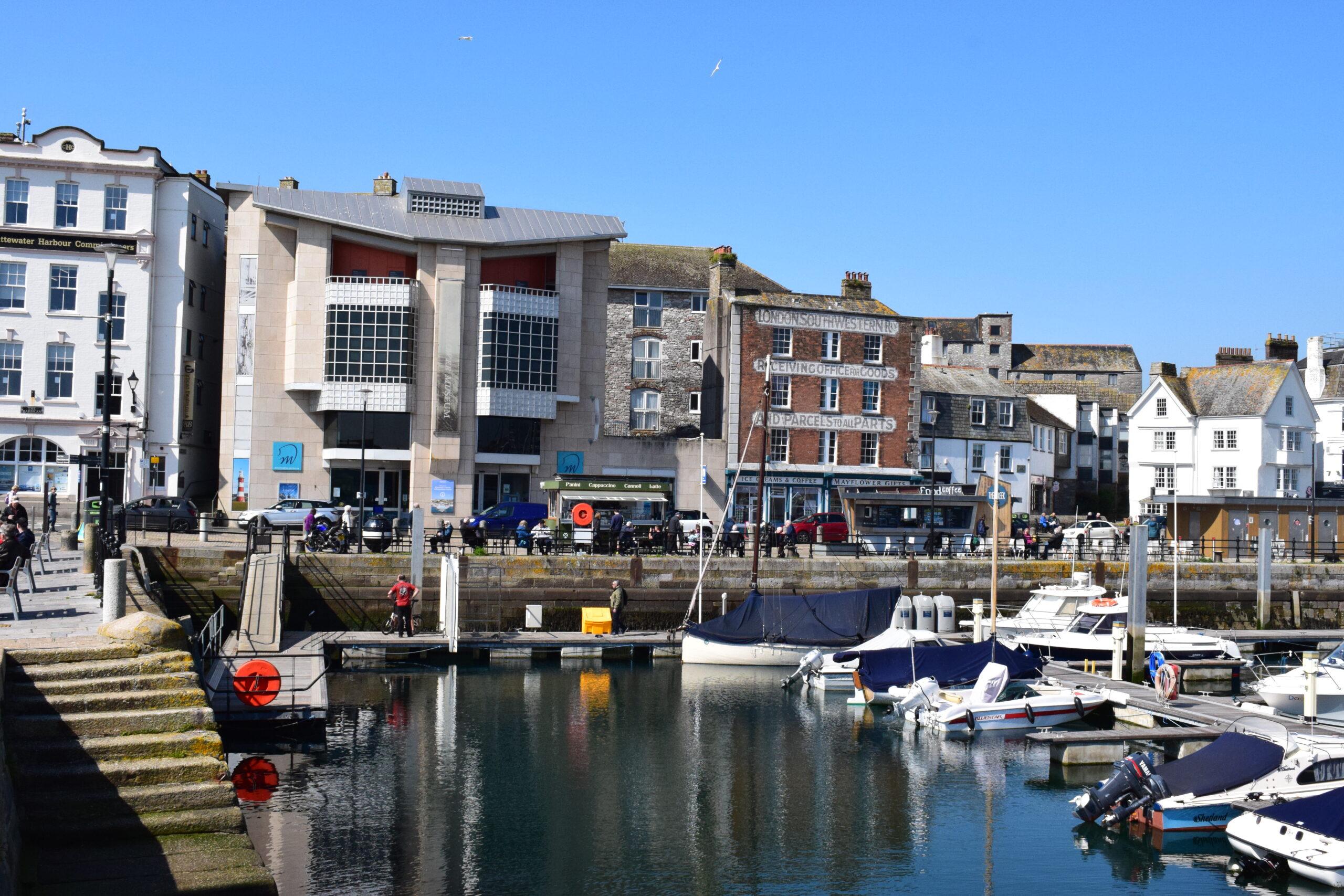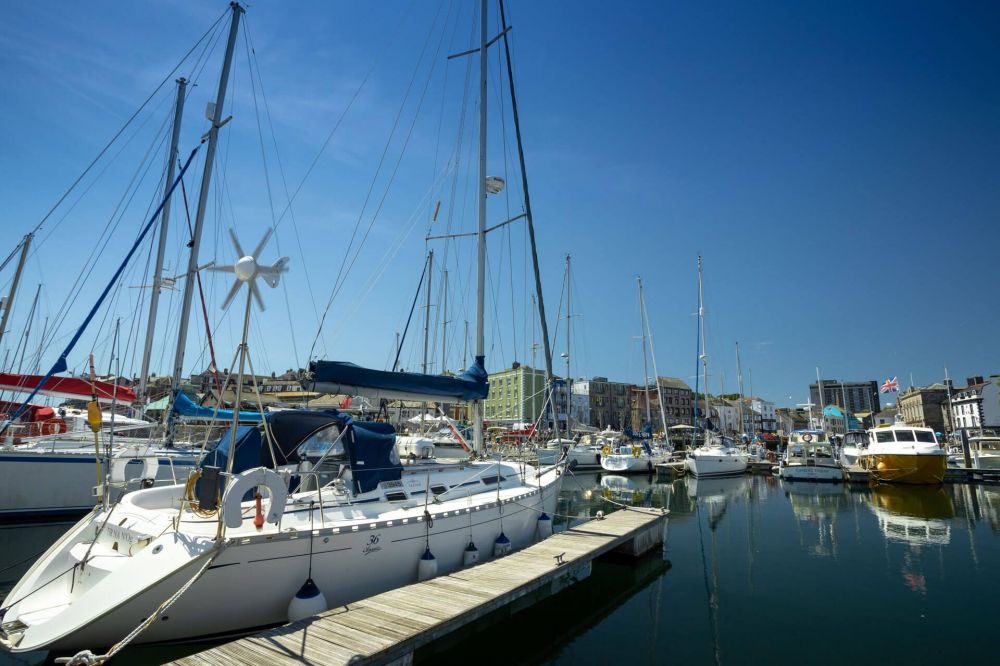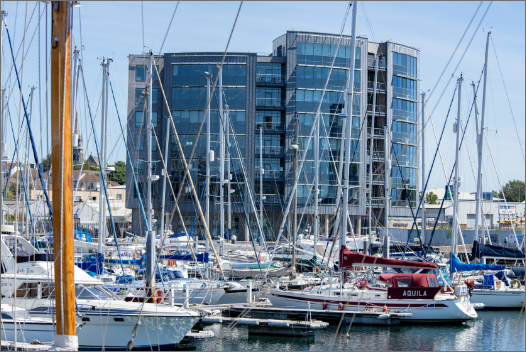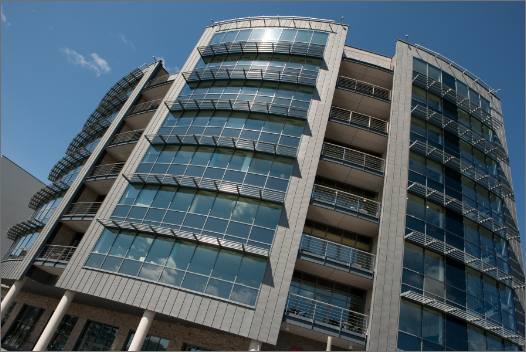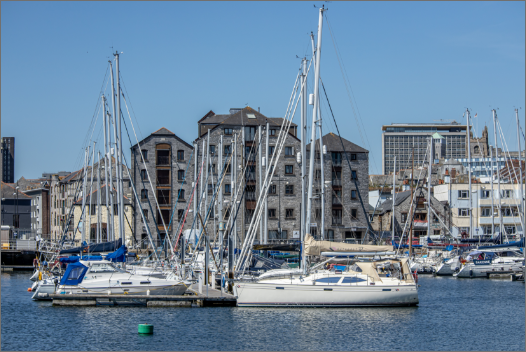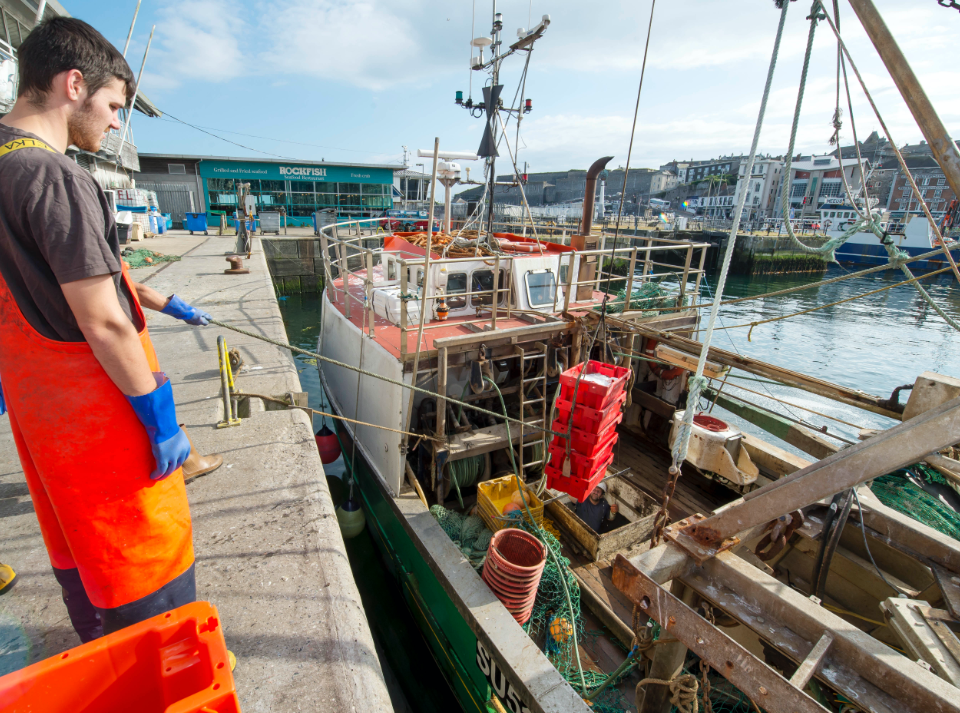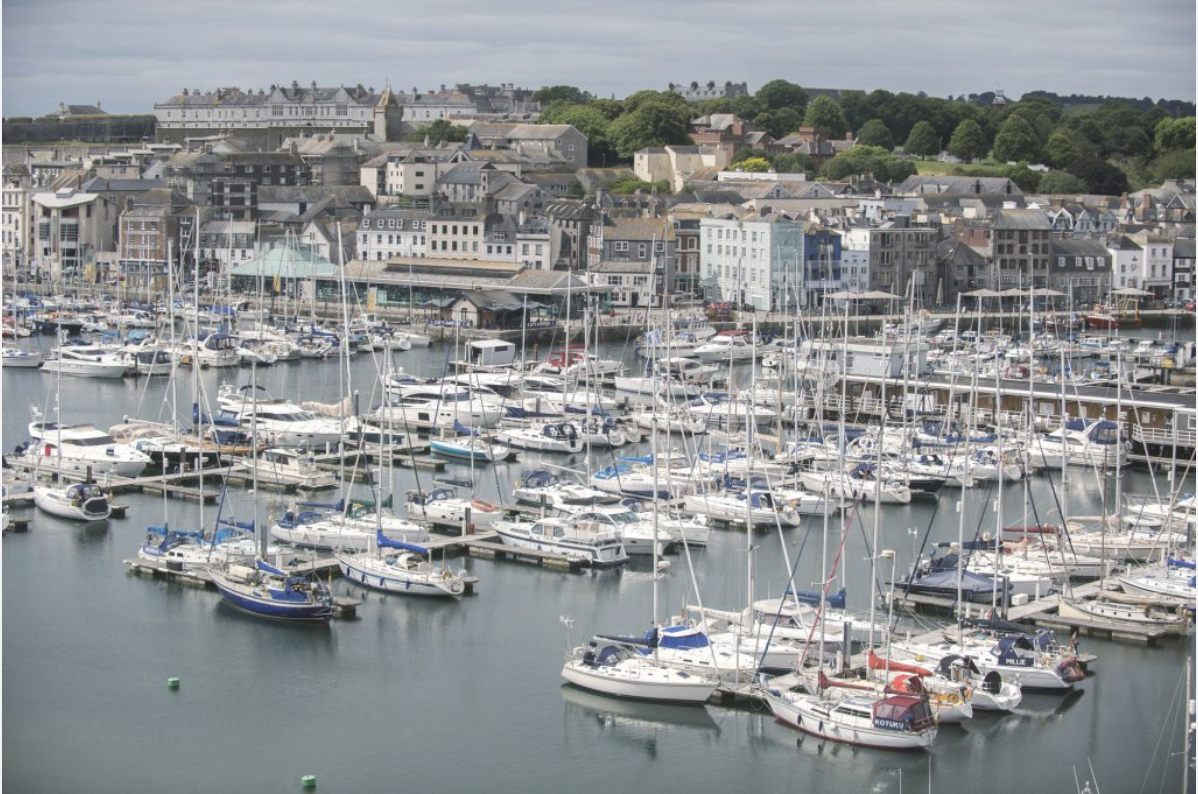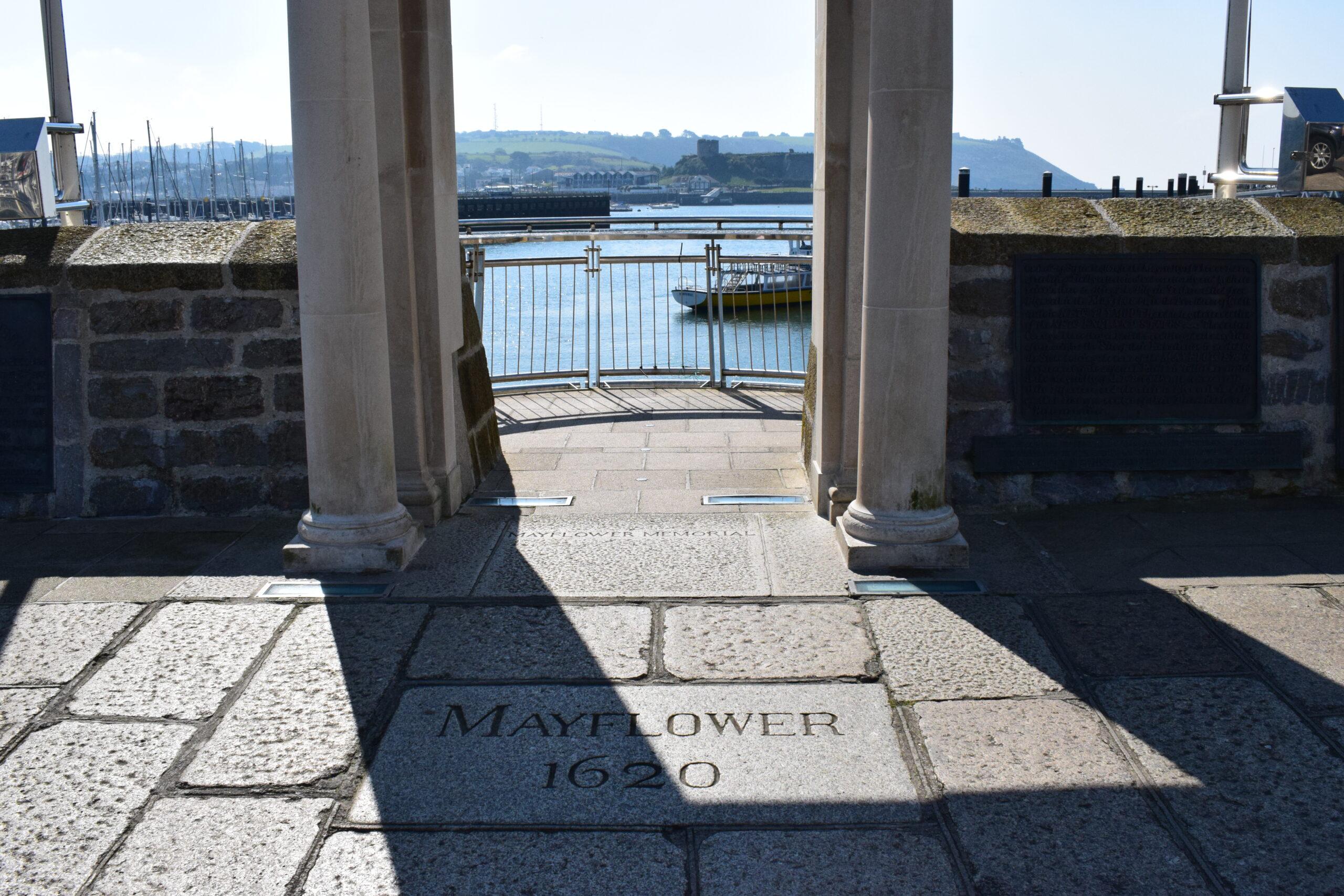Just one step into Sutton Harbour and the Barbican and you’ll feel like you’ve walked back in time. The cobbled streets are lined with listed buildings in the Tudor and Jacobean style and boats bob in harbours that have been in operation for centuries. In fact, at one point in time, Sutton Harbour was one of the three largest fishing ports in England.
But what else is there to know about the previous lives of Sutton Harbour?
History and Origins
700AD is the year the Anglo Saxon mariners settled here in a small fishing community which they called Sutton (South Town). From there, trade continued over the centuries and Sutton Harbour is still considered one of the most important fishery hubs in the UK, sustaining over 600 direct and indirect jobs and selling more than 6,000 tonnes of fish every year.
A place of rich history and legend, Plymouth’s most infamous legend surrounds that of Sir Frances Drake. He was said to be playing a game of bowls on Plymouth Hoe when he was informed the Spanish Armada were invading. He continued his game before heading out to sea to famously rout the Spanish.
Just decades later, the Pilgrim Fathers would set sail from England on their journey to the New World aboard their ship the Mayflower. You may have seen the memorial Mayflower Steps which symbolise where these 102 men, women, and children, plus a crew of 30, left from Plymouth in 1620. While the location is close to the point, they would have left from centuries ago, Sutton Harbour and the Barbican has changed slightly since then and the original departure point no longer exists. More information on the Mayflower can be found in the Mayflower Museum just across the road.
Alongside Southside Street you can find one of the oldest buildings in the area. The Plymouth Gin Distillery building can be dated back to the early 1400s and is a former monastery for Black Friar monks. Now the street, still with it’s olden day charm, offers vibrant, contemporary shopping and dining experiences for visitors.
If you look down at your feet while you’re grabbing a coffee from the Alfresco coffee cart or a bite to eat from The Greek, you may notice some old railway lines. These were largely removed in 1957, however some remaining tracks can still be spotted around the Barbican to this day. Plymouth once had an extensive railway that ran all the way from Dartmoor right down to Sutton Harbour to import materials.
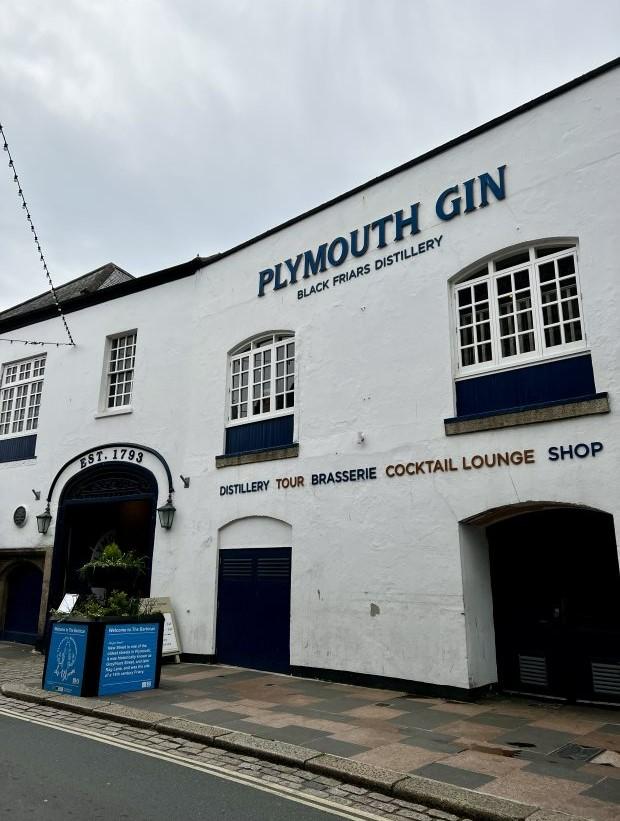
Sutton Harbour
Famous civil engineer Isambard Kingdom Brunel first proposed lock gates to control the tides back in 1845. However, it was in 1992 that work on the lock gates first began and were completed in 1993. Without protection from the sea, Sutton Harbour and the Barbican were often prone to flooding. Plus, the harbours would dry out at low tide.
Now, boats in Sutton Harbour and an estimated 500 homes and businesses along the seafront can be at ease knowing that boats are sheltered and that even in exceptionally high tides properties won’t be affected. It also allows visitors on foot to easily cross over from Sutton Harbour to the Barbican to visit the National Marine Aquarium and Rockfish.
If you have an interest in history there is always something to catch your attention at Sutton Harbour. One thing you may not have noticed is a bricked up door that leads to nowhere on the side of the Miller & Carter restaurant.
This Grade II listed building used to be known as the China House and it’s where Plymouth porcelain, the first hard-paste porcelain made in England was produced. William Cookworthy founded the China House and first worked with China clay from Cornwall to establish his craft. It’s also been the site of a naval hospital in its time. Many like to tell stories of how smugglers would have used the archway back in the day. However, it’s more likely it was used to make deliveries by boat. See if you can spot it next time you’re out on Sutton Harbour.
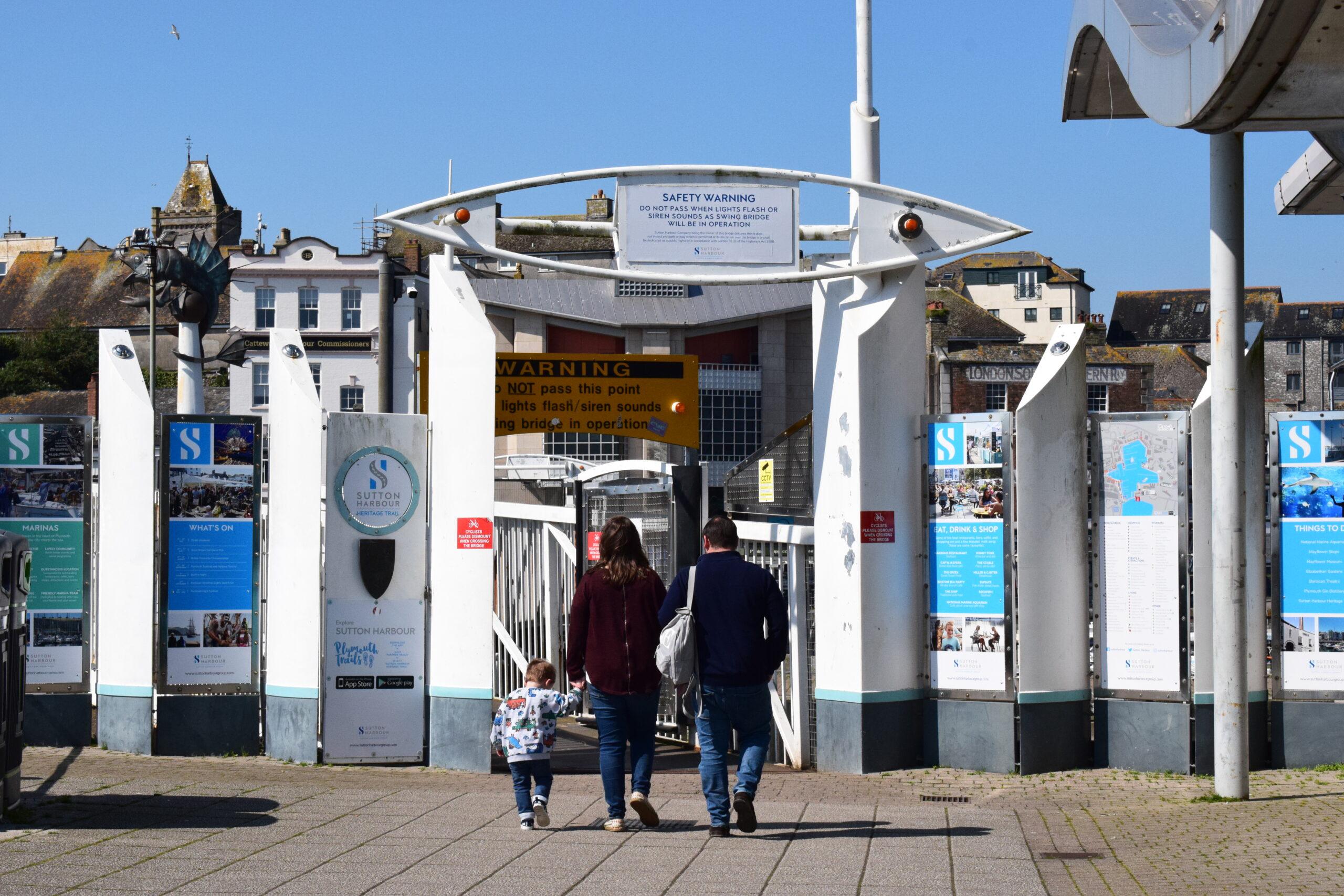
Modern Day
After extensive bombing to Plymouth in World War II, much of what the city once was no longer remains. A large portion of Plymouth had to be rebuilt from the rubble. These remaining pieces of the past are certainly something to treasure and add even more charm to everything Sutton Harbour already has to offer.
Contemporary shops, restaurants and attractions line the streets and the views out to the Plymouth Sound are spectacular. Combined with these enthralling snippets of history, Sutton Harbour is really a location to come and immerse yourself within.
For updates on all the events happening in and around Sutton Harbour, follow us on Facebook, Twitter and Instagram.
